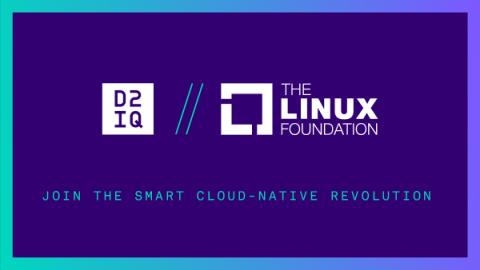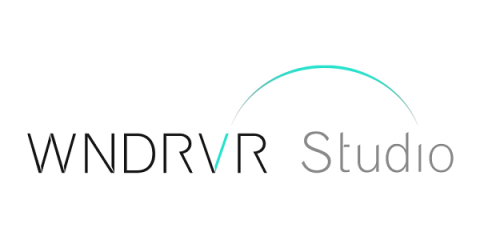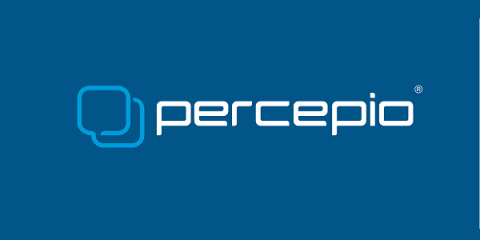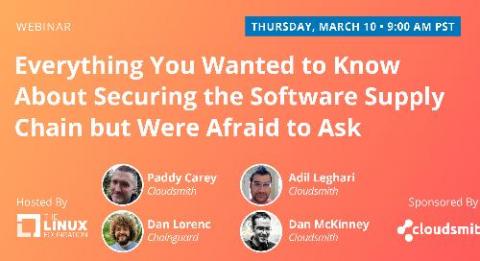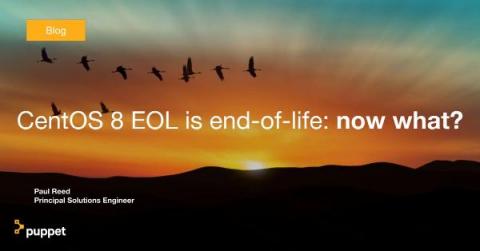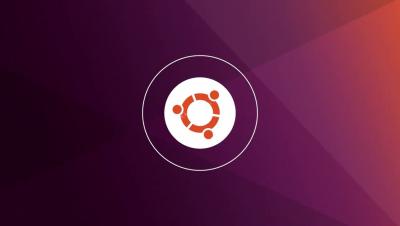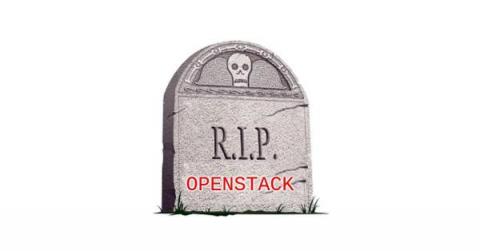Join the Smart Cloud-Native Revolution
We are in the midst of a digital revolution that started with the PC, Internet, and mobile phone and has continued to accelerate. In this current wave, the cloud, Kubernetes, artificial intelligence (AI), and intelligent automation are combining to create the next major disruption, which we call smart cloud-native. Smart cloud-native is a powerful force that is transforming data centers, workforces, customer experiences, and the way enterprises do business.


